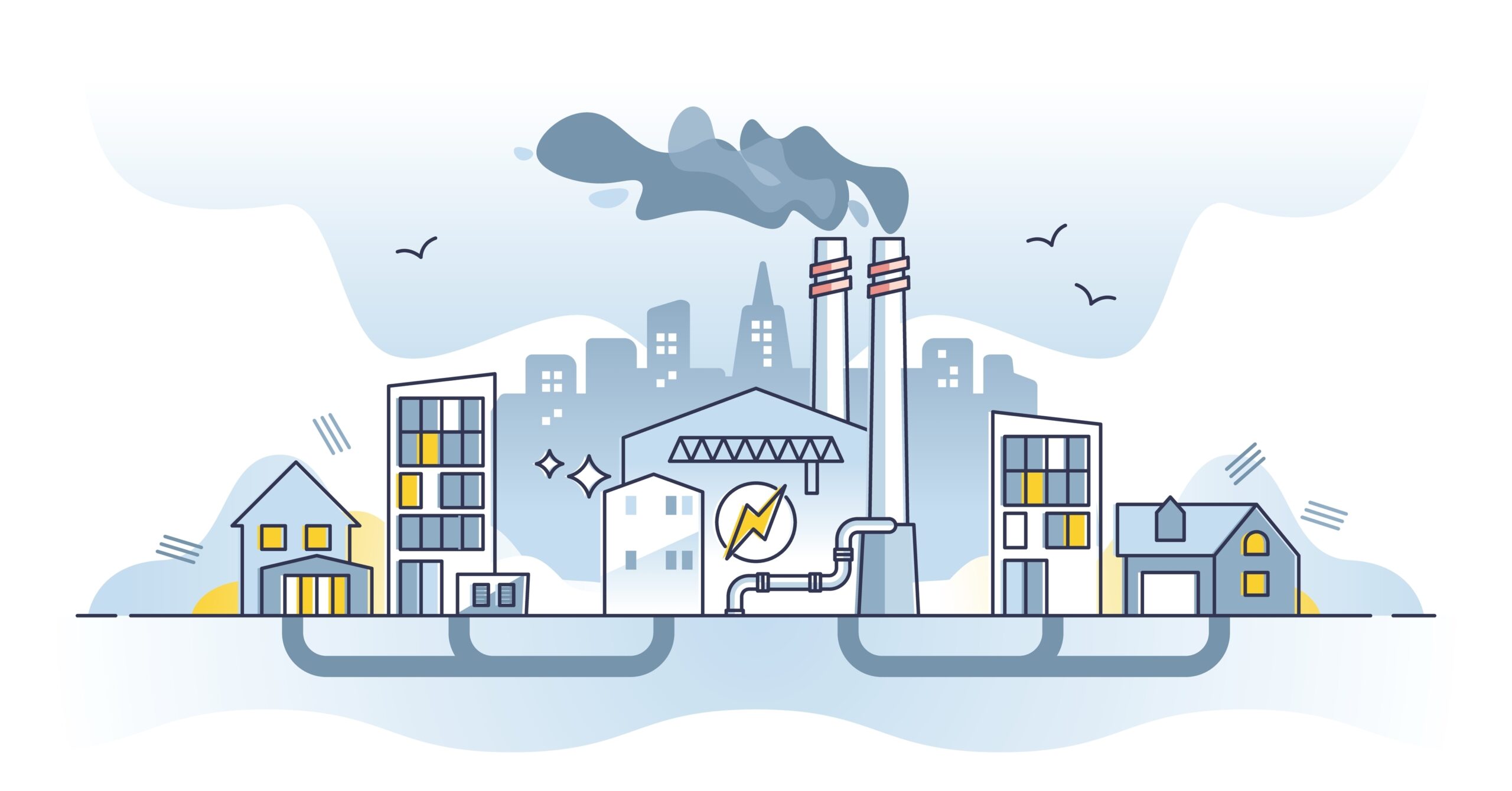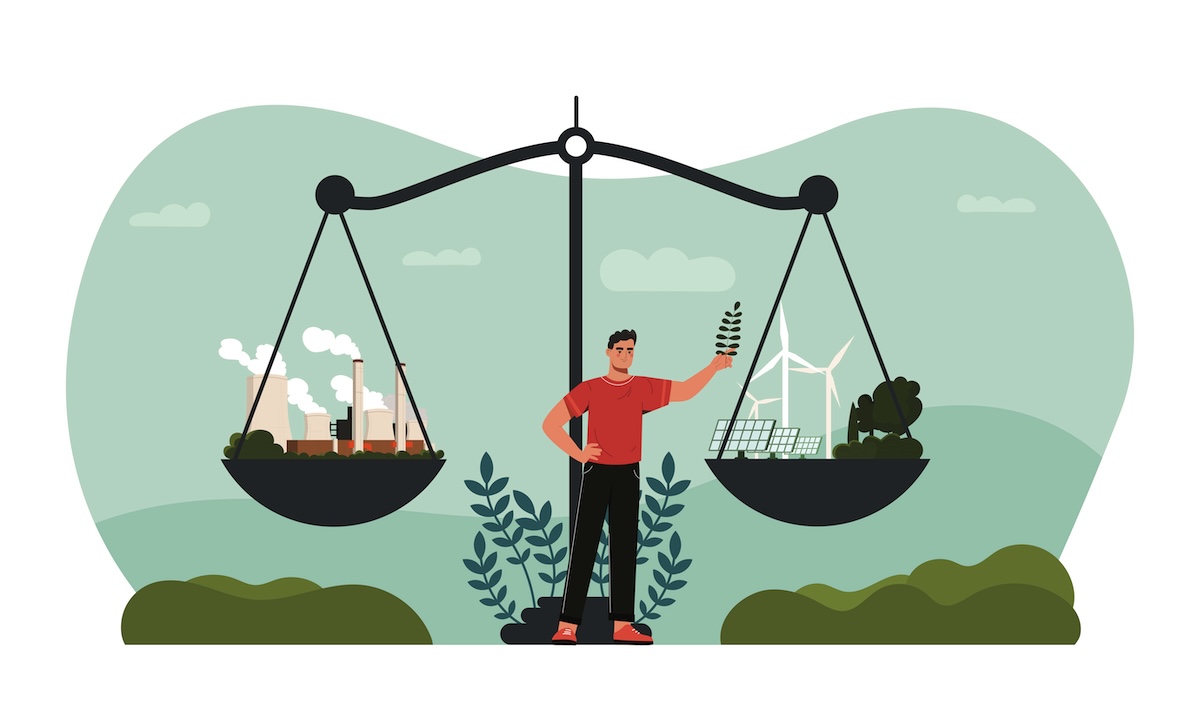Heat pumps are central to the UK’s energy transition. By 2025, the technology has matured, with improved efficiency, better integration options, and wider availability of commercial-grade systems. But despite the headlines and incentives, heat pumps are not a universal solution. For businesses, the real question isn’t whether heat pumps are good—it’s whether they’re right for your specific site, operations, and long-term strategy.
At Hawley Energy, we help clients answer that question with clarity and confidence. Our independent consultancy model means we don’t sell heat pumps, install them, or take commission. We guide businesses through the decision-making process, ensuring every recommendation is grounded in evidence, not sales pressure.
The Technology Landscape in 2025
Today’s heat pumps come in a range of types and configurations. Air source heat pumps remain the most common, offering a balance of cost and performance for many commercial sites. Ground source systems deliver higher efficiency but require more space and upfront investment. Hybrid setups, combining heat pumps with gas boilers or other technologies, are increasingly used to manage peak loads and legacy infrastructure.
Efficiency ratings have improved, especially for low-temperature systems designed for well-insulated buildings. Smart controls and integration with energy monitoring platforms now allow businesses to track performance in real time and optimise usage. But despite these advances, the success of any heat pump installation still depends on one thing: good design.
Where Heat Pumps Work Well
Heat pumps are best suited to buildings with consistent heating demand, good insulation, and low flow temperature requirements. Offices, retail spaces, schools, and care homes often fit this profile. These buildings typically operate within a stable temperature range and can benefit from the steady, low-carbon heat that pumps provide.
They also work well in new builds or major refurbishments, where systems can be designed from scratch. In these cases, heat pumps can be integrated with underfloor heating, thermal storage, and solar PV to create a highly efficient energy ecosystem.
Where Heat Pumps Struggle
In contrast, heat pumps can struggle in older buildings with poor insulation, high-temperature radiators, or intermittent heating needs. Industrial sites with process heat requirements, large warehouses with open doors, or buildings with legacy control systems may find heat pumps less effective or more expensive to implement.
The challenge is not the technology itself—it’s the mismatch between the system and the building. Too often, contractors push heat pumps into unsuitable environments, leading to poor performance, high running costs, and disappointed clients.
Scenario One: The Retrofit Trap
A manufacturing firm was advised to install air source heat pumps across its estate to reduce carbon emissions. The contractor quoted for large units and promised significant savings. But the buildings were poorly insulated, with high-temperature radiators and irregular occupancy patterns. The heat pumps struggled to maintain comfort levels, and energy bills increased.
We were brought in to assess the situation. Our analysis showed that a staged retrofit, starting with insulation and control upgrades, would have delivered better results. We also identified areas where hybrid systems could manage peak loads more effectively. The client had been sold a solution, not a strategy.
Scenario Two: The Oversized System
A hotel group wanted to install heat pumps to meet sustainability targets. The contractor recommended oversized units to “future-proof” the system. The result was high capital costs, inefficient cycling, and poor return on investment.
We reviewed the load profiles and found that a modular system with staged capacity would have met the demand more efficiently. We also helped the client integrate the system with their building management platform, improving control and visibility. The original design had prioritised margin over merit.
Scenario Three: The Grid Surprise
A logistics company planned to install heat pumps across multiple depots. The contractor quoted for equipment and installation but failed to account for grid constraints. When the client applied for connection upgrades, they were told the local network couldn’t support the additional load without reinforcement. The cost was over £100,000 and the timeline stretched to 18 months.
We stepped in to reassess the rollout. Our team mapped grid availability across all sites, identified locations with spare capacity, and redesigned the programme to prioritise low-risk installations. We also helped the client engage with the Distribution Network Operator early, avoiding delays and unexpected costs.
Grid constraints are one of the most overlooked risks in heat pump projects. Power availability is not guaranteed, especially in rural or industrial areas. Reinforcement costs can derail the business case, and delays can stall progress for months. Contractors rarely flag this upfront. We do.
Design Matters More Than Technology
These scenarios highlight a simple truth: the success of a heat pump project depends on design, not just equipment. That means understanding the building, the operations, and the client’s goals. It means modelling demand accurately, selecting the right system, and integrating it with existing infrastructure. And it means challenging assumptions, not just accepting the contractor’s proposal.
At Hawley Energy, we lead with design. We start by mapping out the site’s energy profile, including heating demand, occupancy patterns, control systems, and grid capacity. We then explore options, from full heat pump systems to hybrids and phased upgrades. Every recommendation is backed by data and tailored to the client’s context.
We also help clients navigate funding, compliance, and procurement. Whether it’s accessing grants, aligning with ESOS or SECR, or running competitive tenders, we ensure the project is financially and strategically sound.
Risks and Benefits
Heat pumps offer clear benefits: lower carbon emissions, reduced reliance on fossil fuels, and potential long-term savings. They also support compliance with net zero targets and can enhance ESG credentials.
But they also carry risks. Poor design can lead to underperformance. Oversizing can inflate costs. Incompatible buildings can undermine efficiency. Grid constraints can derail timelines and budgets. And contractor-led decisions can prioritise margin over outcome.
Working with Hawley Energy mitigates these risks. Our independent model ensures every decision is made in the client’s interest. We don’t sell equipment. We don’t install systems. We guide businesses through the process, from feasibility to delivery, with clarity and confidence.
Cost Considerations
Heat pump projects vary widely in cost. A small air source system for an office might cost £15,000 to £30,000. A large ground source system for a multi-site operation could exceed £250,000. But cost alone doesn’t determine value.
We help clients assess total cost of ownership, including capital, running costs, maintenance, grid upgrades, and lifespan. We also model payback periods, carbon savings, and operational impact. This holistic view allows businesses to make informed decisions, not just react to quotes.
We also support phased implementation. For many clients, the best path is not a single project but a staged strategy that builds over time. This allows for learning, adaptation, and better financial planning.
Conclusion
Heat pumps are a powerful tool—but only when used wisely. They are not a universal solution, and they are not always the right choice. The key is to assess each site, each operation, and each goal with care and clarity.
At Hawley Energy, we help businesses do exactly that. Our independent consultancy model puts the client first, guiding them through complex decisions with evidence, strategy, and transparency. We don’t sell systems. We design solutions. And we measure success not in margin, but in impact.
If you’re considering heat pumps for your business, let’s start with the right question, not “what should we install,” but “what do we want to achieve.” From there, we’ll build a strategy that works. And we’ll make sure the grid is at least able to support your project, before the first unit is even ordered.
If you’re navigating energy decisions and want advice you can trust, we’re here to help. You can reach us via the contact page on our website via the contact link at www.hawleyenergy.co.uk, email hello@hawleyenergy.co.uk or call us on +44 (0) 1484 929545.
Written by Andrew Hawley
Date: 26th August 2025








